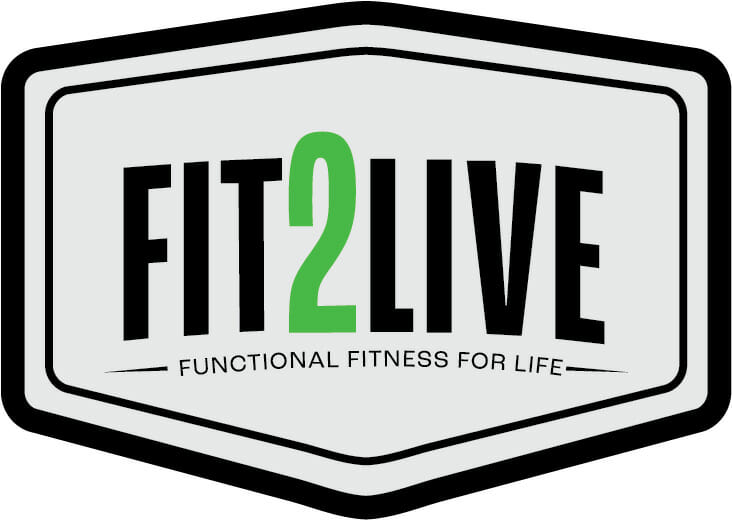When you hear “Keto,” “low carb,” and “intermittent fasting,” what comes to mind for you?
When I think about these diets, I quickly connect them with popular diet trends that claim to deliver quick weight loss results. These are known as FAD Diets.
These plans usually involve concentrating on particular foods while excluding others, and this can be a real challenge for many individuals. The temptation of treats can be especially tough to resist, and giving in to them can make us feel like we’ve erased all our previous efforts.

If this pattern sounds familiar to you, rest assured, you’re not alone. Many of us get caught in a cycle of being extremely strict with our diets for a while, only to later go off the rails and indulge. This pattern can be with us for years and frankly leave us feeling defeated and hopeless.
Why should we avoid diets?
Well, diets can set us up for failure because they mess with our natural hunger and fullness signals. Let’s talk about two key hormones: Ghrelin and Leptin.
Ghrelin is the hormone that makes your stomach growl when you’re hungry – easy to remember, right? When we go on strict diets, our bodies actually produce more Ghrelin, making us feel hungrier more frequently.
On the flip side, Leptin is the hormone that signals when we’re full. Diets often reduce Leptin levels, making it harder for us to recognize when we’re satisfied.
Our bodies aren’t designed to endure these strict diet patterns. The typical outcome is that we try a diet, realize we can’t stick to all the rigid rules, and then feel like we’ve failed. This can lead to a negative self-image and eventually make us give up on the idea of becoming healthier altogether.
So if diets aren’t the answer, what is?
Instead of strict diets, we are going to focus on building positive habits that align with your goals and suit your lifestyle. This approach paves the way for a more personalized and gradual journey towards long-term health and well-being.
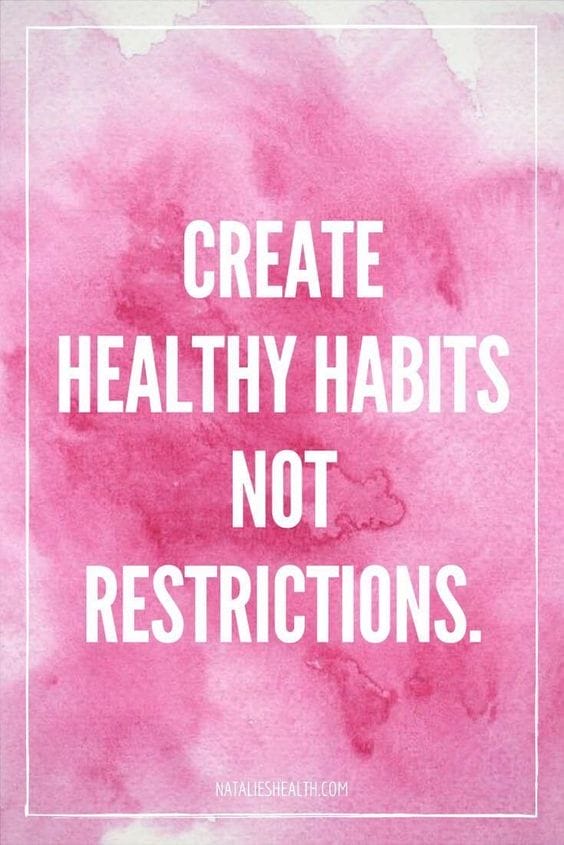
We call this a ‘Holistic approach,’ and being healthy in this way involves making lasting changes to your everyday life instead of looking for quick fixes.
Before diving into this approach, it might be helpful to understand what we truly want for ourselves and our health.
So let’s dive in and talk about 3 tips to break free from the yo-yo diet cycle!
Tip #1 Goal setting
Before you start setting goals, we have to spend a few minutes thinking about our “why.” Your WHY is a way to understand the real reasons and motivations behind what you want to achieve. When you have a clear “why,” it gives your goals a deeper purpose and can help you stay motivated, especially when things get tough.
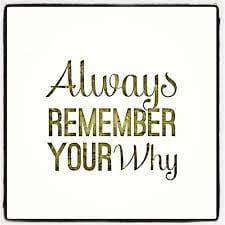
Digging into why you want to reach certain goals lets you connect with them emotionally. This emotional connection makes it more likely that you’ll stick with your goals with dedication and focus. Simply put, it’s about making sure your goals match up with what you value and dream about, and setting a strong foundation for your actions.
Start by asking yourself “Why do you want to become healthier? Take some time to really think about the specific reasons that drive you on this journey. Instead of being vague, try to dig deep and get specific.
For instance, instead of just saying, “I want to lose weight,” consider why you want to lose weight. Is it because there’s a history of diabetes in your family, and you want to reduce that risk? Or it could be as simple as keeping up with your energetic kids or boosting your self-confidence.
By bringing your underlying reasons into sharp focus, you can then begin to set clear and achievable goals.
Whether you’re looking ahead to the future or just considering the next few weeks, setting goals is key. Goals act as guides that push you forward in life. When you set them well, you wake up each day feeling excited, knowing your day has meaning and purpose.
Now, let’s dive into the difference between long-term and short-term goals because both play a significant role in your overall success.
Long-term goals are like the big achievements you aim for in life, like losing a lot of weight and keeping it off for years. Achieving these goals requires careful planning and ongoing effort over a longer period.
On the flip side, short-term goals are the smaller, more immediate targets you want to hit quickly—typically within 1-3 months.
For example, when you’re trying to lose weight, a safe and realistic rate of progress is about 2-4 pounds of fat loss per month. Even though it might not seem like much, think of each pound lost as a step forward that keeps you motivated.
These small victories accumulate and drive you toward your larger goal of becoming healthier. They’re like puzzle pieces – each small piece contributes to the overall picture of feeling better. Every small success counts and brings you closer to your desired destination!
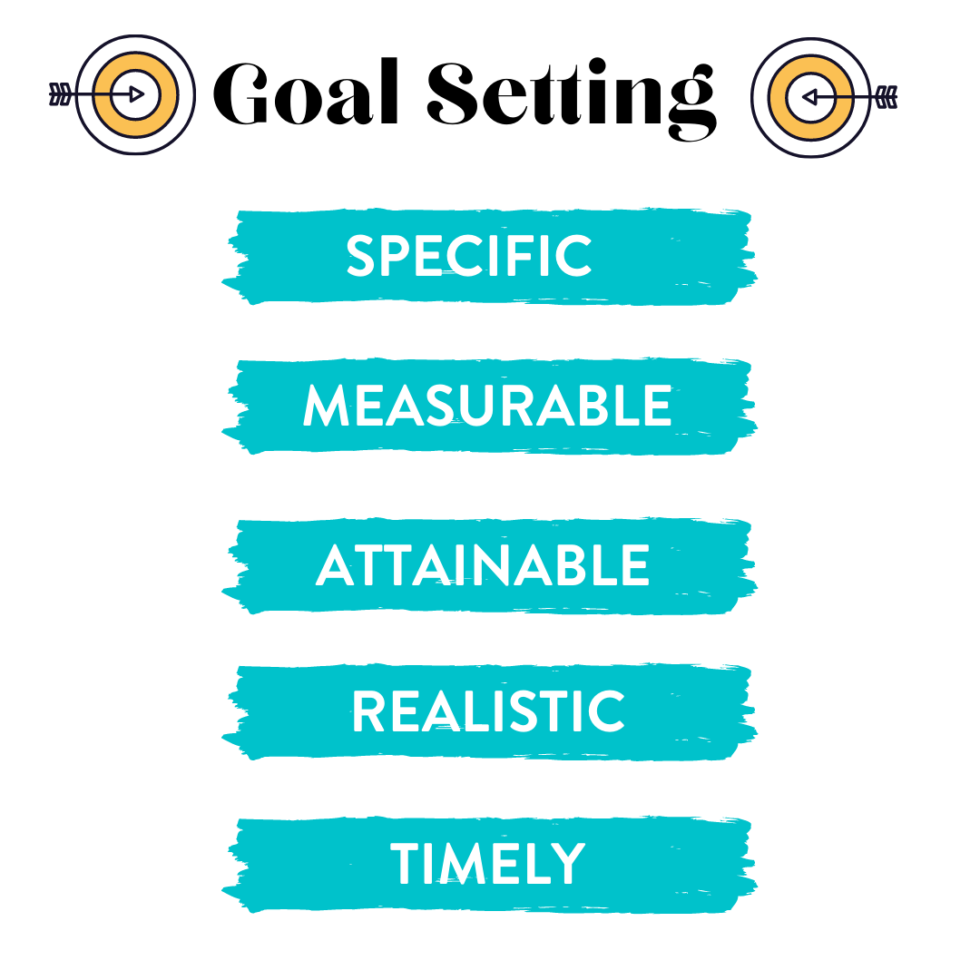
Tip #2: Habit Assessment
Now that we know why we’re doing what we’re doing and have set some clear goals, let’s take a closer look at our daily routines.
Examining your habits is about paying attention to your everyday actions, both the positive ones and the ones that could use some improvement.
Start by thinking about what you usually do—how often you do it and why. Think about how these habits make you feel overall. Ask yourself why you do certain things and whether they line up with what you want in life. This helps us understand our daily actions and whether they match our bigger life goals.

Tip #3: One habit at a time
Once we’ve identified what habits helping or hindering us we can then focus on what NEW habit we would like to develop because habits really shape our lives.
They influence what we do every day and, in the end, determine our overall outcomes. So, if we focus on building one habit at a time, we can make some serious progress and create lasting positive changes.
Here’s how you can integrate this one-habit-at-a-time approach into your life:
Step 1: Identify the habit you want to develop.
It could be anything from exercising and eating healthy to reading books or learning a new skill. Just pick a habit that aligns with your goals and values.

Step 2: Give your new habit a specific time frame.
This adds a sense of accountability and helps you stay committed.
Step 3: Increase your likelihood of success by using a habit-tracking system.
Our clients gain access to our exclusive HSN app which reinforces their habits and allows them to achieve winning streaks! Monitoring your progress provides visual reinforcement, serving as a powerful motivator to stay on track.
Step 4: Keep it simple and stick with it.
Break your habit into smaller, doable steps.
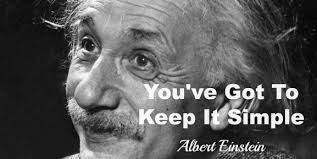
For example, if you’re aiming to eat healthier, start by adding a handful of veggies to your lunch twice a week. The trick is to be consistent—doing it regularly is what really matters! The momentum you build by focusing on one habit at a time will help you remain consistent and make the process easier.
Remember, victories on your health journey aren’t just about the numbers on the scale. Tracking non-scale victories is equally crucial as they reflect your progress beyond weight.
These victories might include increased energy, better sleep, feeling more confident, or fitting into clothes better. Celebrating these wins keeps you motivated and reminds you of the positive changes you’re making for your overall well-being.
So, keep tabs on these non-scale victories—they’re remarkable signs of your success and worth celebrating every step of the way!
At Fit2Live we believe something as fundamental as nutrition shouldn’t be complicated. In our Nutrition and Wellness coaching program we take the time to help you set goals, understand your why and develop a plan to add one habit at a time to your life to help you move consistently in the direction of your goals.
If you are ready to ditch the diet cycle and begin working toward your lasting healthy lifestyle, contact Coach EJ HERE for a free intro and find out how the support and accountability of a coach can make the difference in you finally achieving your goals.
Up Next…Three Reasons to Hire a Coach
